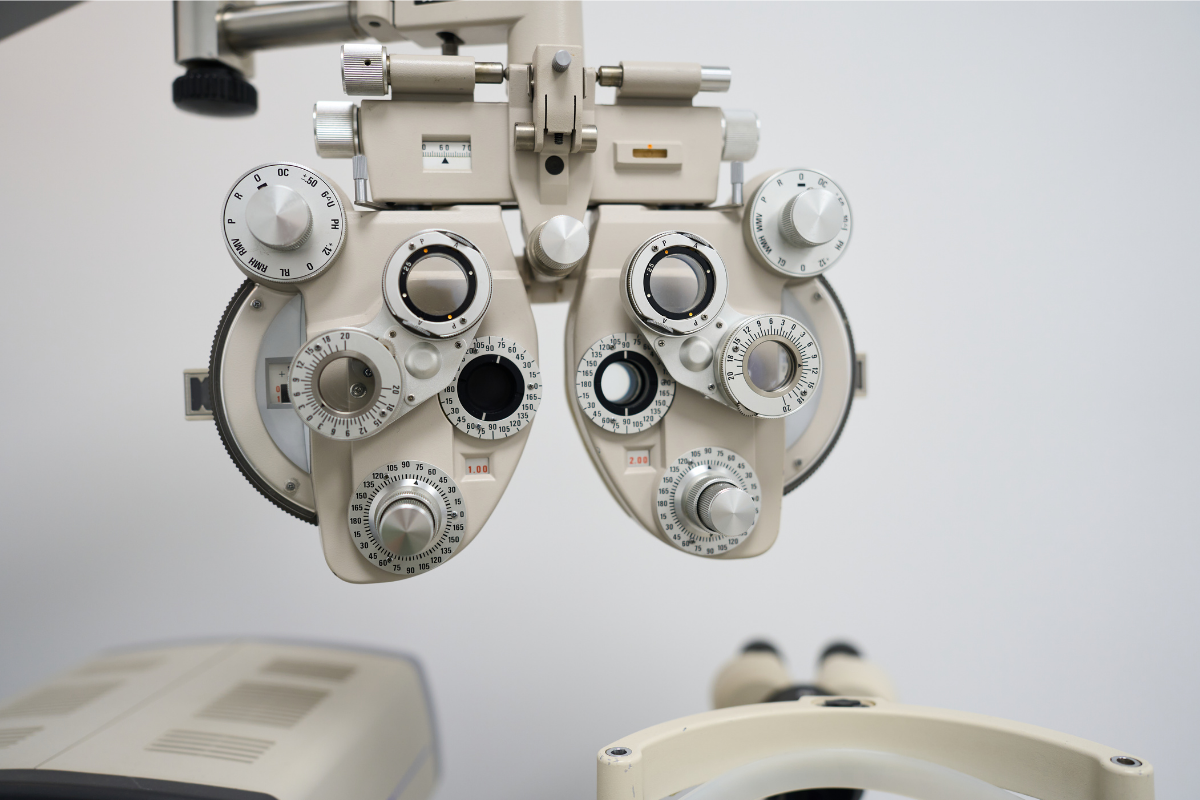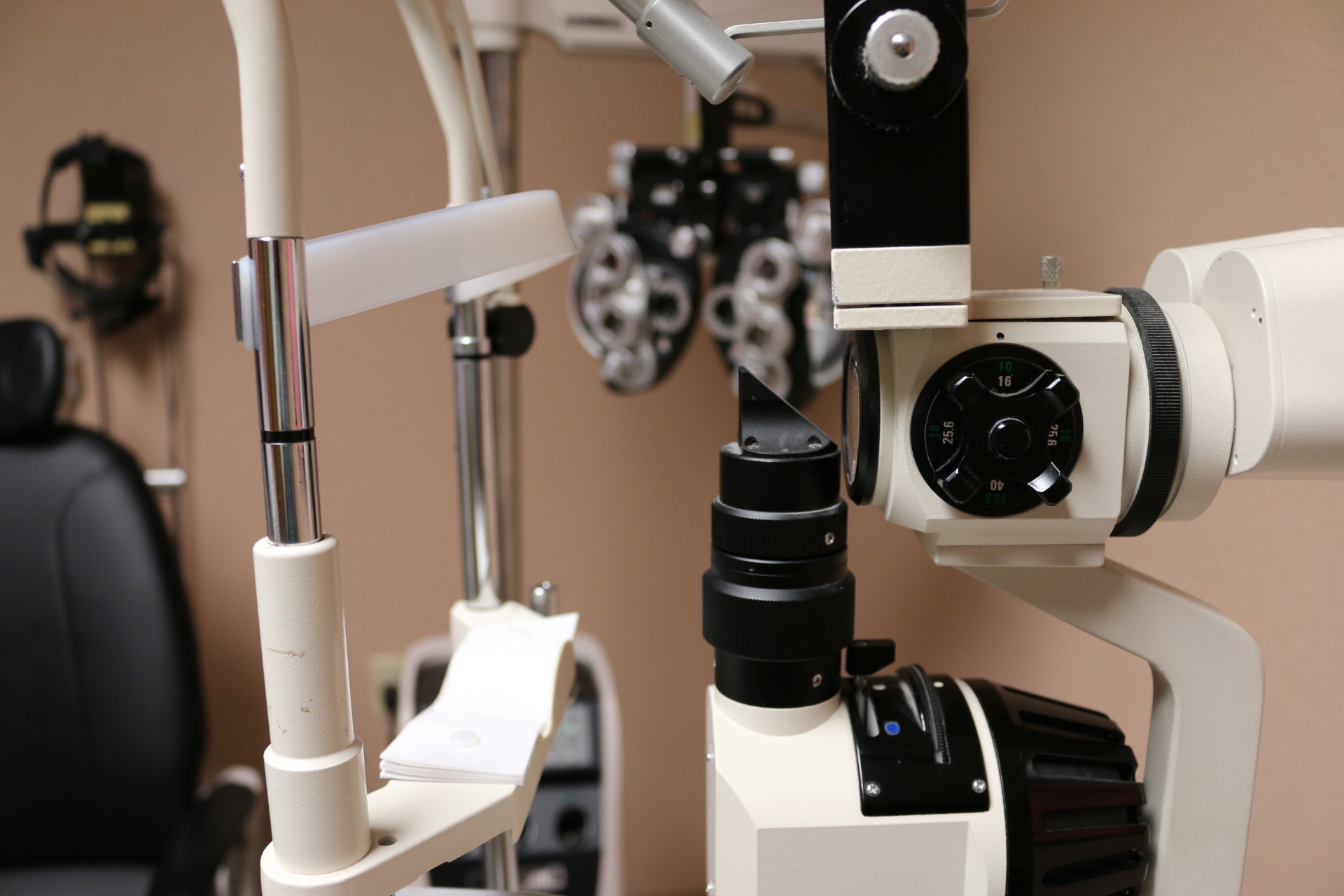

In today’s rapidly evolving healthcare landscape, optometrists face new challenges and opportunities. The rise of digital tools, coupled with innovative treatments, has transformed the way eye care is delivered. Staying ahead of these trends is crucial for any Optometrist in Savannah GA who wants to provide cutting-edge care and maintain a competitive edge. From leveraging technology in diagnostics to offering personalized patient experiences, optometrists need to embrace these changes to ensure their practices thrive in this dynamic environment.
The role of technology in optometry has never been more critical. Advanced diagnostic tools such as optical coherence tomography (OCT) and digital retinal imaging allow optometrists to detect eye conditions earlier and more accurately. These tools not only enhance diagnostic precision but also enable practitioners to engage patients in their care by showing them detailed images of their eye health. By incorporating these technologies into their practices, optometrists can offer a higher level of service and improve patient outcomes.
Moreover, electronic health records (EHRs) have streamlined patient data management, making it easier for optometrists to track patient history, monitor treatment progress, and ensure better continuity of care. The use of telemedicine is also on the rise, providing patients with access to consultations and follow-up appointments from the comfort of their homes. As more patients demand convenient and accessible healthcare, optometrists who adopt these digital solutions will stand out in the competitive eye care industry.
In addition to digital tools, the demand for personalized eye care treatments is growing. Patients are no longer satisfied with a one-size-fits-all approach to their eye health. They want care tailored to their specific needs, whether it’s custom contact lenses or advanced treatments for conditions such as dry eye or glaucoma. Personalized eye care not only improves patient satisfaction but also builds stronger relationships between optometrists and their patients, leading to long-term loyalty.
One way optometrists can provide personalized care is through genetic testing for eye conditions. By understanding a patient’s genetic predisposition to certain eye diseases, optometrists can create a more tailored treatment plan, addressing potential issues before they develop into serious conditions. This proactive approach to eye care not only enhances patient outcomes but also positions optometrists as leaders in innovative care.
The field of optometry has also seen significant advancements in treatment techniques. For instance, laser eye surgery continues to evolve, offering more precise and less invasive options for patients with refractive errors. Newer treatments for myopia management, such as orthokeratology and atropine eye drops, are gaining traction, particularly among younger patients who wish to slow the progression of their nearsightedness.
Another area of innovation is the treatment of dry eye syndrome. With more people spending extended hours in front of digital screens, dry eye has become an increasingly common condition. Modern treatments such as intense pulsed light (IPL) therapy and LipiFlow have shown promising results in relieving symptoms and improving the quality of life for patients. By staying updated on the latest treatment options, optometrists can offer comprehensive solutions to meet the diverse needs of their patients.
In a competitive industry, the patient experience is just as important as the quality of care provided. Optometrists must focus on creating a welcoming and comfortable environment that makes patients feel valued. This can range from streamlining appointment scheduling and reducing wait times to providing thorough explanations of eye exams and treatment options. Implementing a patient-centered approach fosters trust and encourages patients to return for regular check-ups and follow-up treatments.
Communication also plays a vital role in enhancing the patient experience. Clear, jargon-free explanations help patients understand their eye conditions and the necessary treatments, leading to better compliance and more successful outcomes. Additionally, offering multiple channels of communication, such as email, phone, and telemedicine, can make it easier for patients to reach their optometrist, ensuring they feel supported throughout their care journey.
Another essential consideration for optometrists is the changing demographics of their patient base. As populations age, there is a growing need for optometric care tailored to older adults, particularly in managing age-related conditions like cataracts, macular degeneration, and diabetic retinopathy. Optometrists who specialize in geriatric eye care can position themselves as experts in this area, attracting a larger share of this growing market segment.
At the same time, younger generations are also becoming more proactive about their eye health, often seeking preventative care and cosmetic treatments such as contact lenses or prescription sunglasses. By understanding the diverse needs of these different age groups, optometrists can expand their services and cater to a broader range of patients.
The optometry industry is undergoing significant changes, driven by advances in technology, evolving patient expectations, and demographic shifts. Optometrists who embrace digital tools, offer personalized care, and stay informed about the latest treatment options are well-positioned to succeed in this dynamic field. By focusing on enhancing the patient experience and adapting to new trends, optometrists can continue to provide exceptional care while growing their practices. For those seeking expert eye care, ForSight Unique Eye Care &








